Recycling Pet Food Pouches: A Sustainable Shift in Flexible Packaging
The global push for sustainability has brought recycling pet food pouches into the spotlight, as brands and consumers alike seek eco-friendly alternatives to traditional packaging. Alongside innovations like redcycle coffee bags, recyclable flexible pouches, and custom standing pouch designs, recycling pet food pouches is redefining how we think about packaging waste. These solutions are not just about reducing environmental impact; they’re about creating a circular economy where materials are reused, not discarded. Let’s explore how these advancements are transforming the packaging landscape and what it takes to make them a reality.
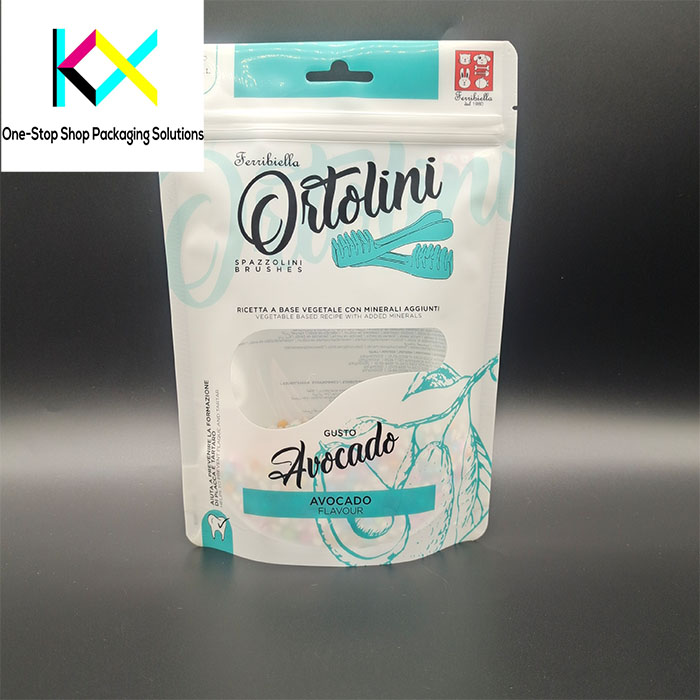
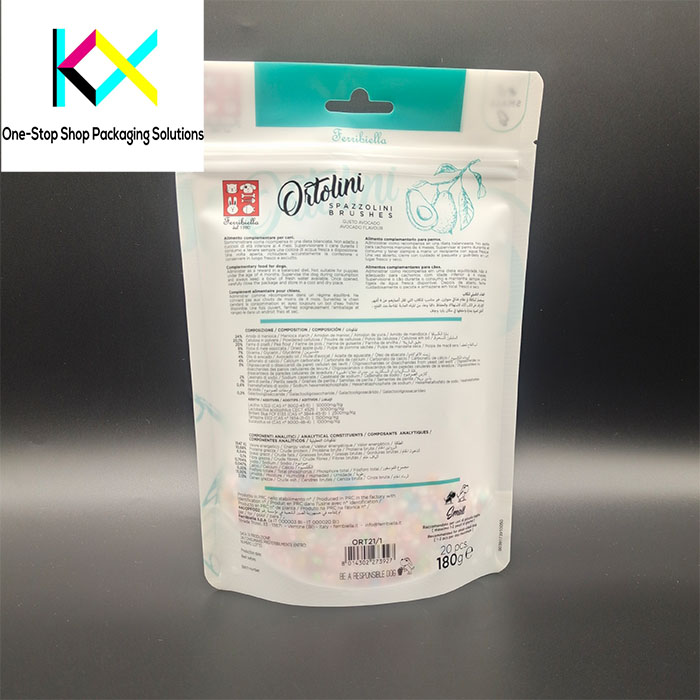
The Challenge of Recycling Pet Food Pouches
Recycling pet food pouches has long been a challenge due to their multi-layer structures, which combine materials like aluminum, plastic, and adhesives. These layers are essential for preserving freshness but make traditional recycling methods ineffective. However, recent innovations are changing the game:
Mono-material designs: Brands like Mars Petcare are adopting PE-based recyclable flexible pouches that can be processed in existing recycling streams.
Chemical recycling: Companies like Loop Industries are breaking down complex materials into reusable resins, enabling recycling pet food pouches on a larger scale.
Drop-off programs: Initiatives like TerraCycle’s Zero Waste Box allow consumers to return used pouches for specialized recycling.
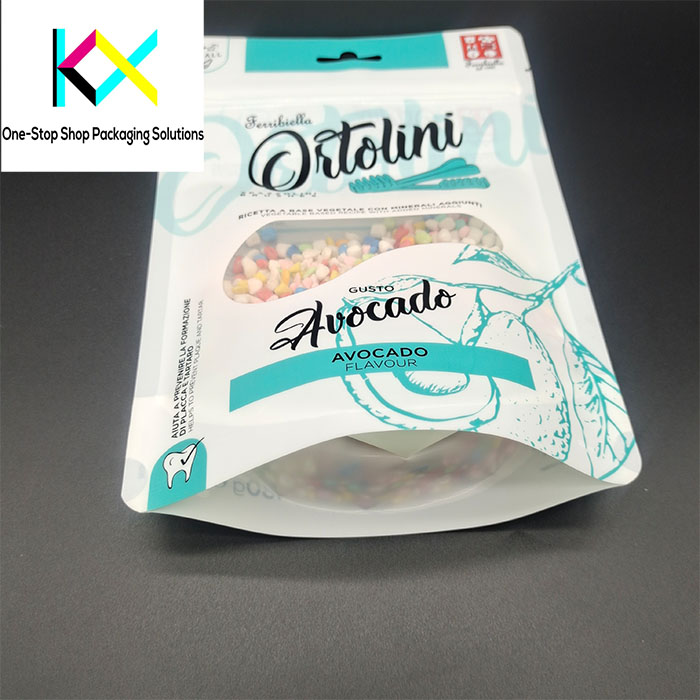
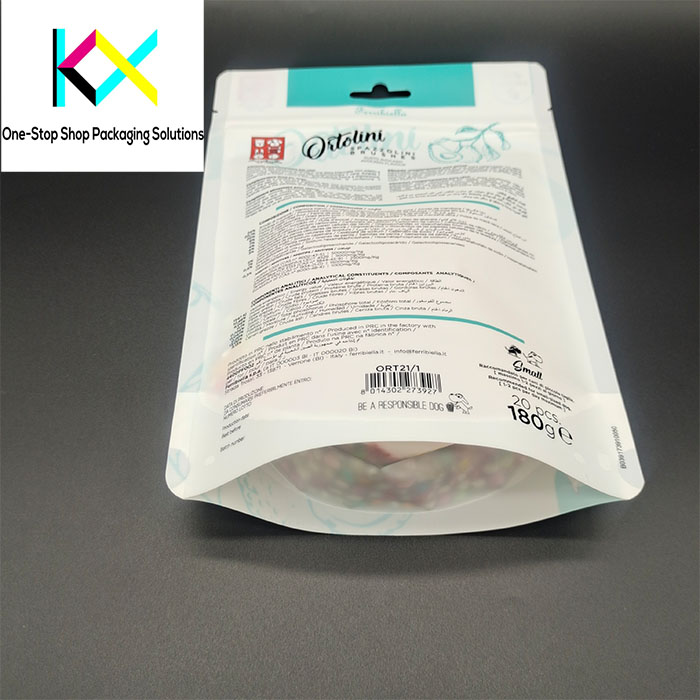
Redcycle Coffee Bags: A Model for Sustainability
The success of redcycle coffee bags offers valuable lessons for recycling pet food pouches. These bags, made from mono-material PE or PP, are designed to be fully recyclable, aligning with programs like Australia’s RedCycle initiative. Key features include:
High-barrier coatings: SiO₂ layers provide oxygen and moisture protection without compromising recyclability.
Smart labeling: QR codes guide consumers on proper disposal, reducing contamination in recycling streams.
Consumer incentives: Brands like Lavazza reward customers for returning used redcycle coffee bags, fostering a culture of recycling.
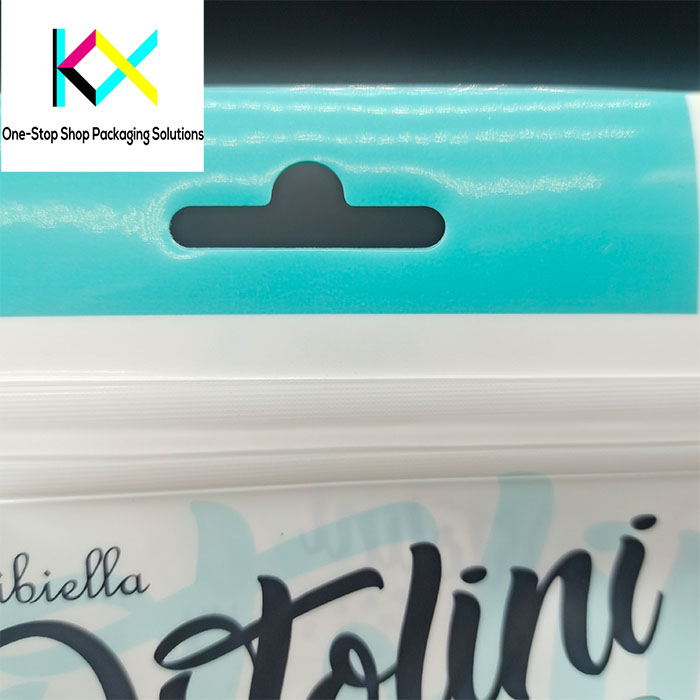
Recyclable Flexible Pouches: The Future of Food Packaging
Recyclable flexible pouches are gaining traction across industries, from snacks to pet food. These pouches combine the convenience of traditional designs with the eco-friendly benefits of mono-material structures. Innovations include:
Edible adhesives: Mori’s chitosan-based glues allow recyclable flexible pouches to break down naturally, offering a zero-waste option.
Active packaging: Oxygen scavengers and moisture absorbers extend product freshness, reducing food waste.
E-commerce optimization: Durable designs withstand shipping stresses, making recyclable flexible pouches ideal for direct-to-consumer brands.
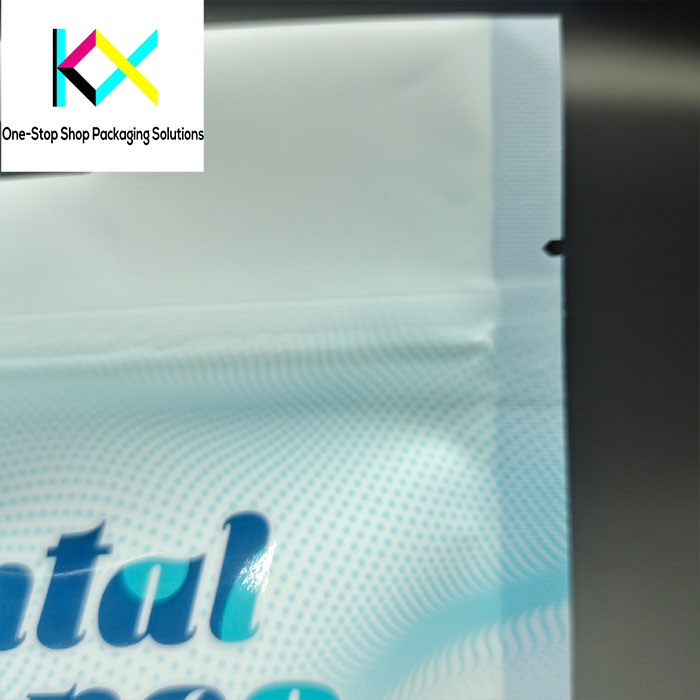
Plastic Pouch Food Packaging: Balancing Function and Sustainability
While plastic pouch food packaging remains popular for its durability and cost-effectiveness, brands are under pressure to make these designs more sustainable. Recent advancements include:
Marine-degradable films: Algenesis’s Solaplast dissolves in seawater within 24 weeks, addressing ocean plastic pollution.
PCR content: Post-consumer recycled materials are being integrated into plastic pouch food packaging, reducing reliance on virgin plastics.
Smart features: Temperature-sensitive inks and blockchain-enabled QR codes enhance functionality and consumer trust.

Custom Standing Pouches: Branding Meets Sustainability
Custom standing pouches are a favorite for brands looking to combine eye-catching design with eco-friendly materials. These pouches, often used for premium products like coffee and snacks, offer:
High-barrier options: Multi-layer films with EVOH or metallized layers provide superior protection.
Recyclable designs: Mono-material PE or PP structures ensure custom standing pouches can be recycled in existing streams.
Digital printing: Vibrant, high-resolution branding enhances shelf appeal while using eco-friendly inks.
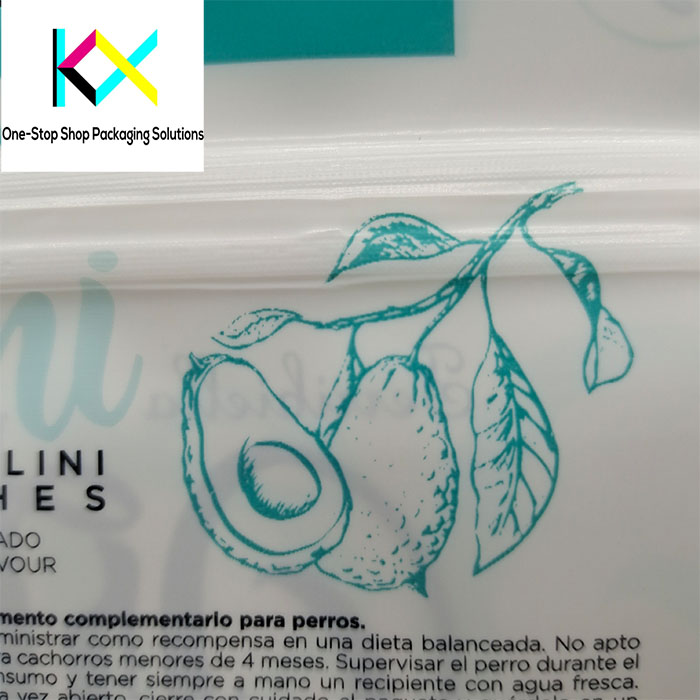
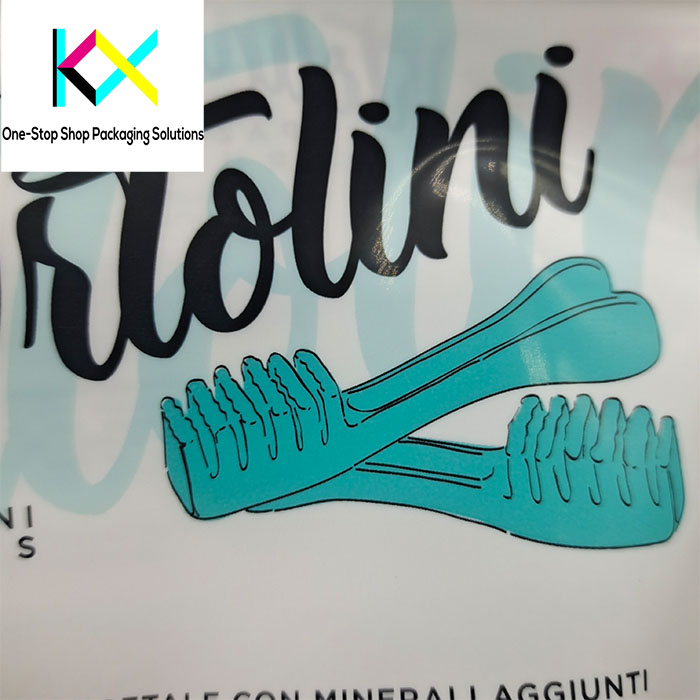
The Role of Consumer Education
Despite the progress, consumer confusion remains a significant barrier to recycling pet food pouches and other sustainable designs. A 2023 survey found that 68% of consumers mistakenly toss recyclable pouches into recycling bins without removing zippers or labels, contaminating recycling streams.
To address this, brands are leveraging technology:
Blockchain tracking: QR codes on recyclable flexible pouches provide disposal instructions and reward proper recycling.
AI-guided apps: Tools like TerraCycle’s Scan2Recycle help consumers identify the correct disposal method for each packaging type.

The Future of Packaging
The next generation of packaging will blend sustainability with smart technology:
Self-degrading materials: Enzyme-triggered films accelerate decomposition when exposed to specific conditions.
Carbon-negative designs: Coffee husk-based redcycle coffee bags sequester CO₂, offering a net-positive environmental impact.
Interactive packaging: AR-enabled labels on custom standing pouches provide immersive brand experiences.
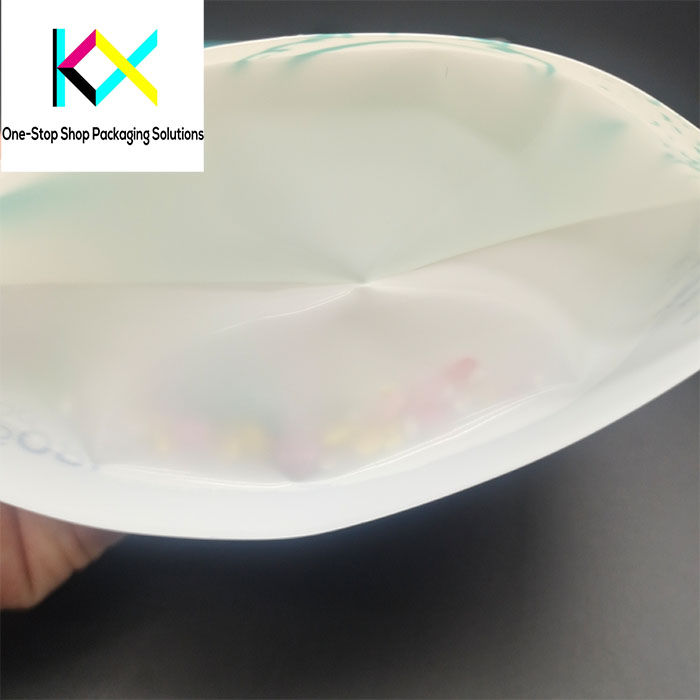
A Call to Action
The shift toward sustainable packaging is no longer optional—it’s a necessity. Brands must:
-
Adopt recyclable designs like recycling pet food pouches and recyclable flexible pouches.
-
Invest in consumer education to ensure proper disposal and recycling.
-
Leverage technology to enhance functionality and traceability.
From redcycle coffee bags to custom standing pouches, the future of packaging is bright, sustainable, and innovative. By embracing these solutions, brands can meet consumer demands, comply with regulations, and contribute to a healthier planet.
You can visit our website to know more about our compostable pouch:
